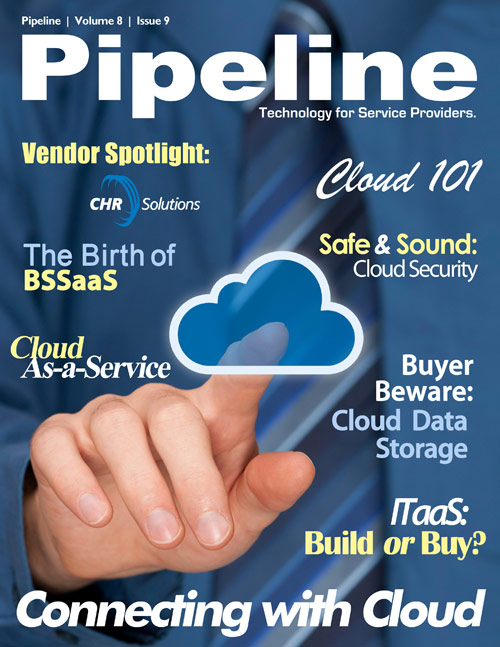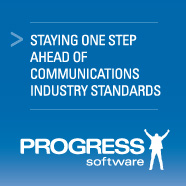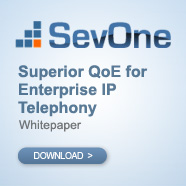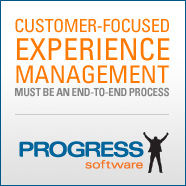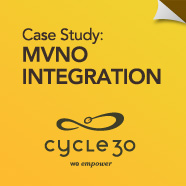When a computing solution is outfitted with these essential components, it is a cloud solution, and offers significant advantages to users. Most vendors and service providers who operate in the cloud adhere to this definition, perhaps fudging emphasis slightly to fit their solution.
David Frattura, senior director, strategy-cloud solutions for Alcatel-Lucent, simplified the definition. "Cloud means I have the dynamic ability to consumer IT resources where it makes the most sense," Frattura says. "From a provider point of view, I can allocate resource for other customers when in not use."
If the business needs and the cloud service are properly matched, the impact to businesses of this model are profound, says Duane Edwards, SVP Product Development at Globys. "Instead of licensing a software package, acquiring the necessary hardware, and paying consultants to get it all up and running, a business can subscribe to a cloud service and be using it the same day for a fraction of the time, effort, and cost. And if it doesn't meet their needs, they can unplug it without the loss of that same investment in time, effort, and cost."
Service Types
This is where we get into
Software-as-a-service (SaaS): In a recent white paper, Gartner defined SaaS as "software that's owned, delivered and managed remotely by one or more providers. If the vendor requires user organizations to install software on-premises using their infrastructure, then the application isn't SaaS." SaaS offerings are often broken into three categories, explained Nava Levy, vice president, SaaS/Cloud Solutions from cVidya. "1. Employee productivity apps – as web conferencing and e-mail. 2. IT-centric apps as security as a service, and back-up as a service. 3. Enterprise Software apps as CRM and HRM." Examples: Dropbox, GoogleApps, Microsoft Office365, SalesForce.com
Platform-as-a-service (PaaS): "This type of service is a computer platform abstracted from the underlying infrastructure," John Landau, senior vice president of global managed services at TATA Communications explained. "The customer develops and deploys their script-based application—such as java, .net, PHP - on a self-scaling platform, abstracted by the PaaS software from the underlying configuration and low-level infrastructure software." The user has control over applications deployed and perhaps configuration settings, but cannot provision network components, like processing and storage. Examples: Microsoft Azure, Google AppEngine, Heroku. Infrastructure-as-a-Service (IaaS): Forrester research outlays four core components of an IaaS offering: self-service, standardization, automation, and pay-per-use. IaaS typically provides storage, servers, network, and security data center infrastructure on demand to a customer, and the customer owns the deployment, configuration and operation of the platform and applications software. Examples: Amazon EC2, Tata InstaCompute, Verizon (Terremark).
Deployment Models
Generally speaking, there are three deployment models that are of interest; Public, Private, and Hybrid. (The NIST definition describes an additional fourth deployment model, community, but that's a bit outside of our scope.)
